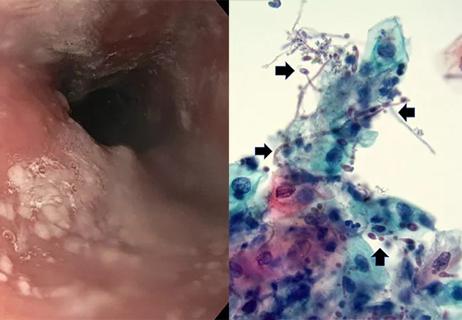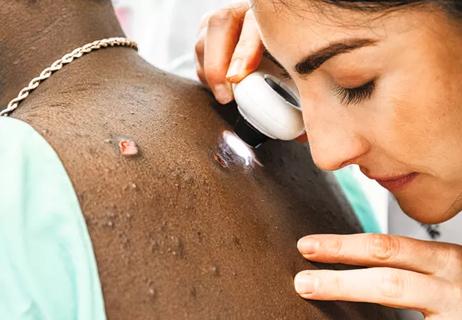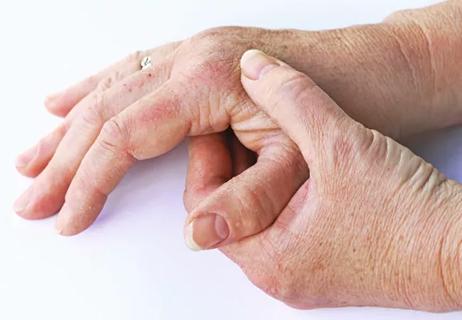Can RA be prevented?

By Leonard Calabrese, DO, and M. Elaine Husni, MD, MPH
Cleveland Clinic is a non-profit academic medical center. Advertising on our site helps support our mission. We do not endorse non-Cleveland Clinic products or services. Policy
In recent years, an extensive body of work has shed light on the progression of rheumatoid arthritis (RA) and offers some hope of forestalling or preventing the disease in susceptible individuals. We now view disease development as a multistep process beginning years or even many years before the onset of diagnosis. In the future, we hope to combine our understanding of contributing genetics and environmental factors, as well as advances in biologics, to render RA a genetic predisposition instead of a foregone conclusion.
Patients with RA who are positive for antibodies to citrullinated proteins (i.e., anti-citrullinated protein antibodies, or ACPA) have a strong genetic predisposition known as the “shared epitope.” This means their major histocompatibility type II antigens share a particular five amino acid sequence in the binding pocket with enhanced affinity for citrullinated proteins.
Citrullinated proteins are produced via the peptidylarginine deiminase (PADI) enzymes and are activated in areas of inflammation. These ACPA may appear up to 15 years prior to the onset of disease. Leading hypotheses on ACPA origin suggest that they are likely produced not in the joint but in other organs including the lung and the oral cavity, areas that are logically linked to risk factors for RA like tobacco smoking and gingivitis. Recent work also suggests a prominent but complex role for the microbiome in making the jump from genetic predisposition to ACPA and ultimately RA.
Some are now suggesting that first degree relatives of patients with ACPA-positive RA undergo serologic testing even if healthy. But if the test is positive, what can we do?
From a personal health perspective, we know that the predisposing factors for RA (obesity, smoking and gingivitis) are modifiable. In addition, other factors such as eating a plant-based diet, getting moderate exercise and even drinking moderate amounts of alcohol can be protective.
That’s a lot of information to discuss with our patients, even if they are at low risk. Additionally, we can’t ignore the role of stress in perturbing our immune system, as we are at an early stage of understanding how to reduce inflammation with stress reduction.
Finally, a number of clinical trials are in progress with modalities ranging from drugs like hydroxychloroquine to biologic agents like rituximab and abatacept. The recently presented Dutch PRAIRI trial of rituximab in patients with evolving disease has suggested a biologic effect. Clinicians need to stay abreast of these advances and stay as current as possible on the promise of preventing RA.
To address these learning opportunities, we will be holding a summit April 6-8, 2017, at the Intercontinental Hotel and Conference Center in Cleveland, Ohio, designed for all clinicians caring for patients with autoimmune and or autoinflammatory diseases. V. Michael Holers, MD, will give a keynote lecture on the science behind pre-RA. The summit will also highlight the hopes and challenges of precision medicine for the nearly 50 million people in the U.S. with disorders of immunity. Learn more and register at: www.ccfcme.org/biotherapiesVII
This activity has been approved for AMA PRA Category 1 Credit™.
Dr. Calabrese is Director of the R.J. Fasenmyer Center for Clinical Immunology in Cleveland Clinic’s Department of Rheumatic and Immunologic Diseases.
Dr. Husni (husnie@ccf.org; 216.445.1853) directs both the Arthritis and Musculoskeletal Treatment Center and Cleveland Clinic’s Psoriatic Disease Biobank.

Experienced clinicians can bridge traditional care gap

Advancements lead to a new trial involving autoimmune disease

Treatment strategies require understanding of pathomechanisms

Education, prevention strategies and monitoring serves this at-risk group

Treatment for scleroderma can sometimes cause esophageal symptoms

Lupus Clinic providers collaborate to advance treatment and understanding

Older Psoriasis Patients May Experience Quicker Transition

Cleveland Clinic’s Rheumatic Lung Disease program treats patients with complex conditions